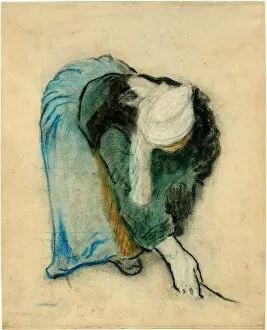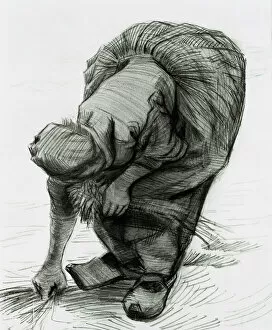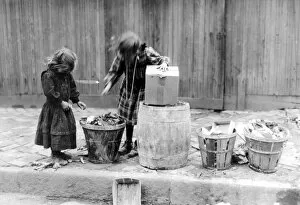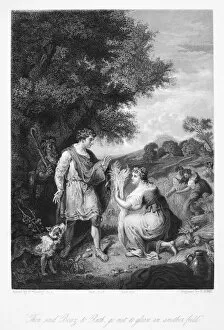Gleaner Collection (#2)
"Gleaner: A Tribute to the Artistic Legacy of Jean-Francois Millet" Step into the world of Jean-Francois Millet
For sale as Licensed Images
Choose your image, Select your licence and Download the media
"Gleaner: A Tribute to the Artistic Legacy of Jean-Francois Millet" Step into the world of Jean-Francois Millet, a renowned artist whose masterpiece "The Gleaners" continues to captivate art enthusiasts even today. Painted in 1856 and now displayed at the Orsay Museum, this iconic piece showcases three peasant women diligently gathering leftover crops from a farmer's field. Millet's ability to portray their resilience and determination is truly remarkable. But gleaning isn't limited to just paintings; it exists in various forms across different cultures. Take, for instance, the Bali seashell gleaner in Kuta. With nimble fingers and keen eyes, she scours the shores for beautiful seashells that will become treasured souvenirs for tourists visiting this Indonesian paradise. In another artwork titled "The Harvest Moon, " painted by an unknown artist in 1833, we witness the enchanting ambiance created by a glowing moon as farmers tirelessly gather crops under its gentle light. This evocative scene reminds us of nature's bountiful gifts and our responsibility to make use of them wisely. Inspired by biblical tales, Henry Bryan Hall I crafted his painting "Then said Boaz to Ruth, go not to glean in another field" in 1840. It depicts Ruth receiving guidance from Boaz while collecting grain during harvest time—a testament to compassion and support within communities. Millet himself revisited the theme of gleaning with his later work titled "The Gleaners" (1911). Here he portrays peasant women stooped over their task against a backdrop of golden fields—an enduring symbol of hard work amidst adversity. Hugo Salmson's painting "The Little Gleaner" transports us back to rural life in 1884. Through vibrant colors and meticulous details, Salmson captures a young girl meticulously picking up every last ear of corn, showcasing the importance of even the smallest contributions.










